Many art forms exist as they have been passed on from one generation to the other either through art lessons or through art collectables or through museum preserves.
As our country has a diversified and rich heritage, each art form marks the culture and distinguishes one state from the other. Some portray Gods and Goddesses whereas some depict scenes from epics like Ramayana, Mahabharata or the Purana.
Traditionally made from mud, leaves, soil and charcoal; modern and modified versions use paints and ink.
One such art form is the Madhubani art form which originated from the era of Ramayana in Nepal and was brought to Nalanda University at Bihar in the form of Mithila Art. These paintings were also quite evident in King Janak’s empire, who was Sita’s father in Ramayana. These form of wall murals received its first international exposure when the British restored debris of houses painted with such art patterns in an earthquake in 1930. These were evidences of ancient gods, flora and fauna.

Madhubani Mural
Madhubani art and paintings are also being encouraged in schools and art colleges with an intention of preserving our heritage and art form be passed to future generations.
Next comes the miniature paintings which originated from the Mughal Era of Emperor Shah Jahan in the 16th century. These paintings depict Persian style of art and figurines later got adopted by Rajasthan and got practiced byRajasthani artists. These paintings stand out differently as these depict slim male figures wearing turbans and having a pointed nose.
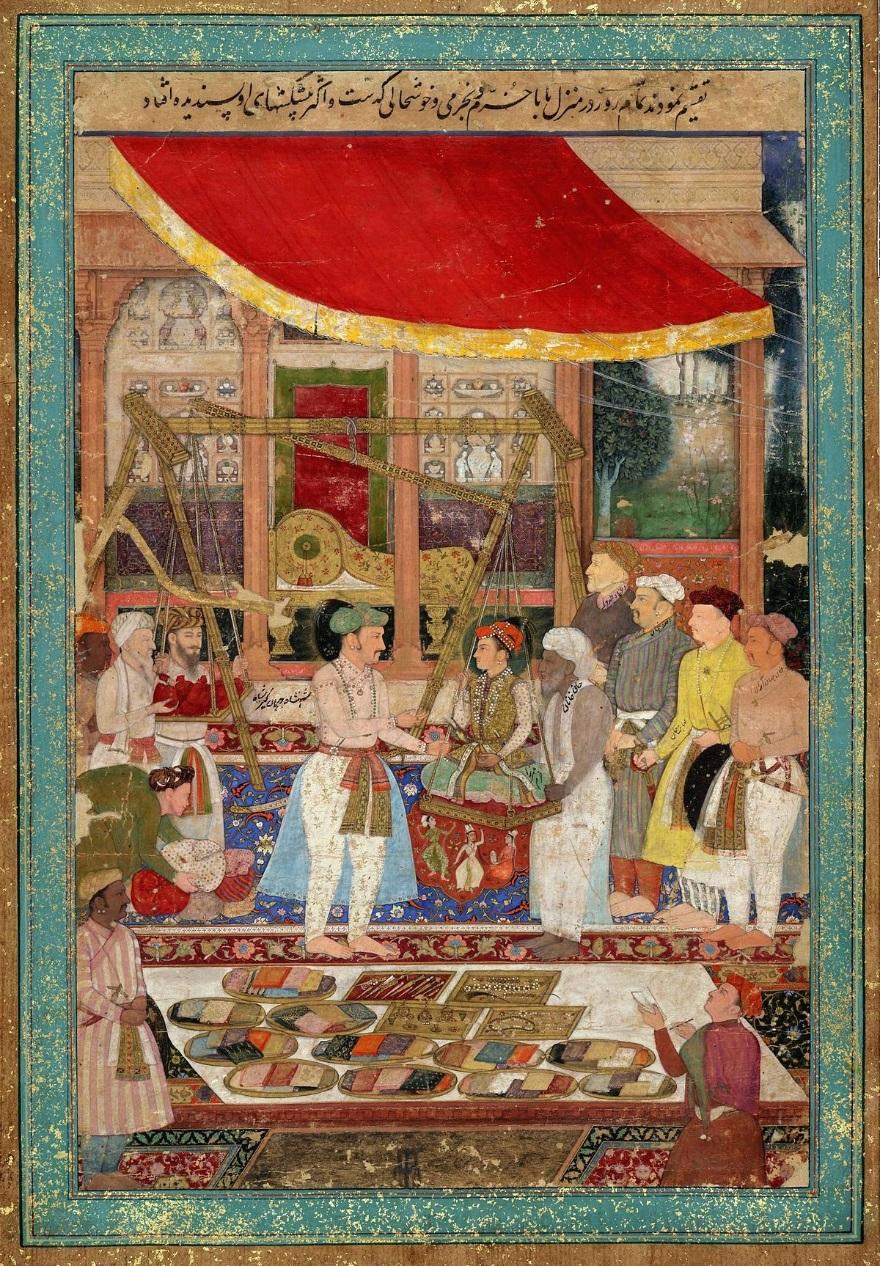
Mughal Art
Next in order is the Phad, which is of the Rajputana origin and mainly portrays religious folk deities like Pabuji or Devnarayan.
‘Phad’ mainly is the 30 or 15 feet cloth or canvas on which the painting is embedded upon. Organic vegetable colours were used in the primitive era as compared to oil or acrylic colours of the modern era. A long narration of the heroic deeds and the lives of the deities complete the painting.
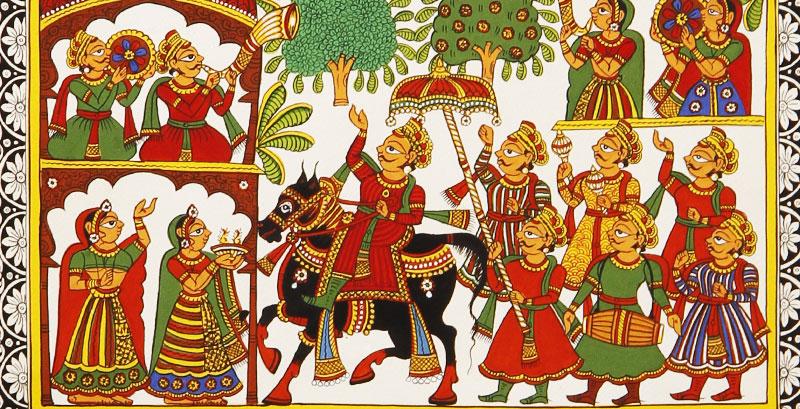
PadharoMhaare Des
Warli art originated in the 2500 B.C from the western borders of Gujarat and Maharashtra and brought to existence by the Warli tribe. The stick-figure tribal art portrays daily and mundane chores like drawing water from a well in a very decorative manner. This painting was traditionally made on a mud background by using rice water and gum paste for the figurines. Backgrounds originally existed in red, ochre and dark shades for making the geometrical patterns more visible to the human eyes.
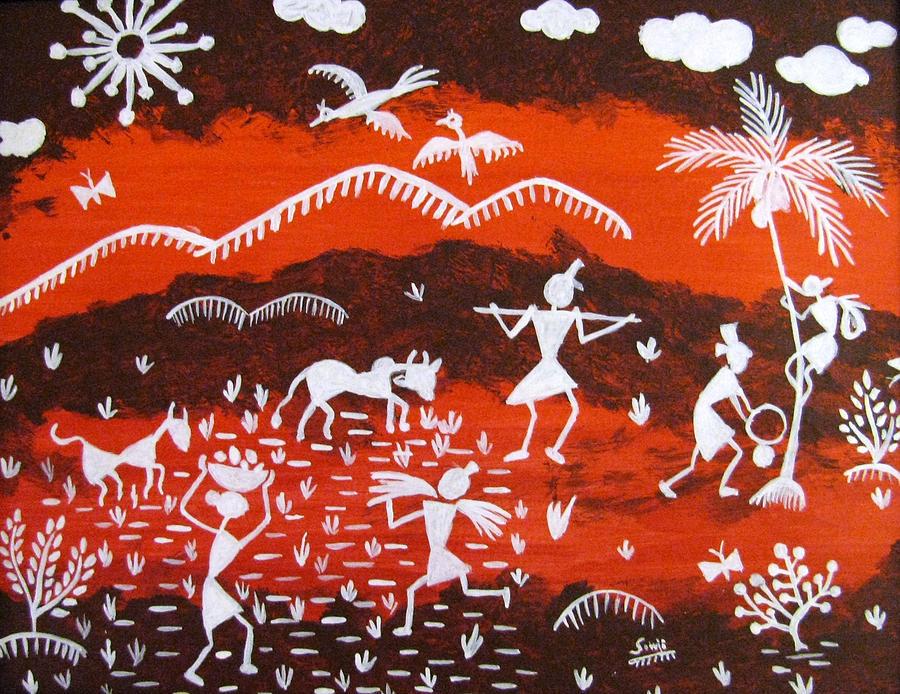
The western Warli
The Gondi tribe of Madhya Pradesh created the Gond art form portraying bold and bright usage of colors and describing flora and fauna in the most unusual way. Traditionally these art pieces were made up of cow dung, colored soil, leavesand charcoal as compared to acrylic colours of modern times. Credit goes to Jangarh Singh Shyam who took the initiative in restoring these art pieces in the 1960s.
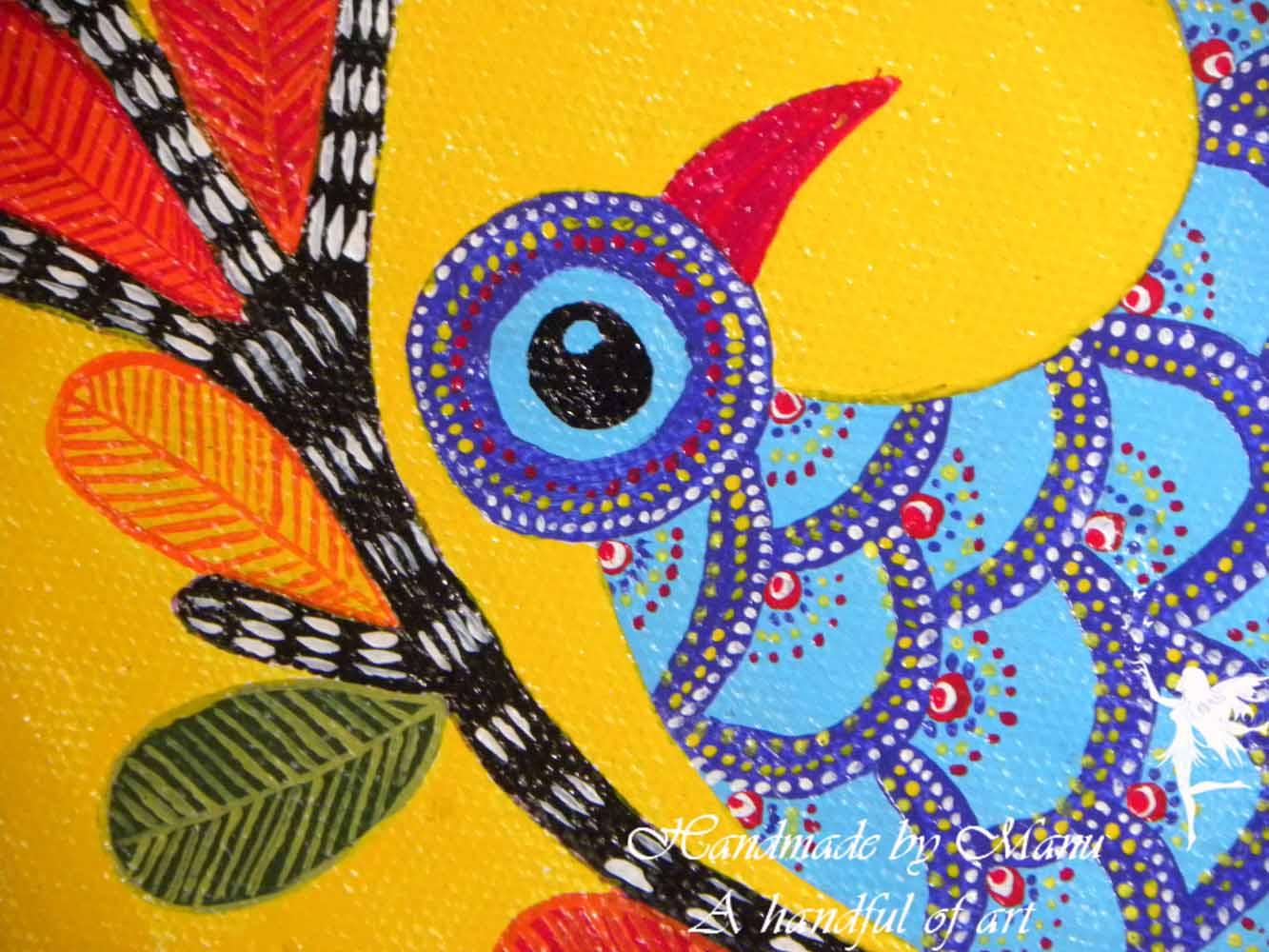
Gond Modern Art
Kalamkari art from the name suggests, ‘art done from pen’. Kalam meaning pen and Kari meaning art make this unique pen art fascinating on sarees available at the state emporiums and exhibitions.
Kalamkari has two versions. One is the block- print version which belongs to Machilipatnam in Andhra Pradesh.
The other is a pen art which flows freely on fabric and belongs to Chitoor in the same state.
These art forms also depict designs from Ramayana and Mahabharata as well as flora and fauna.
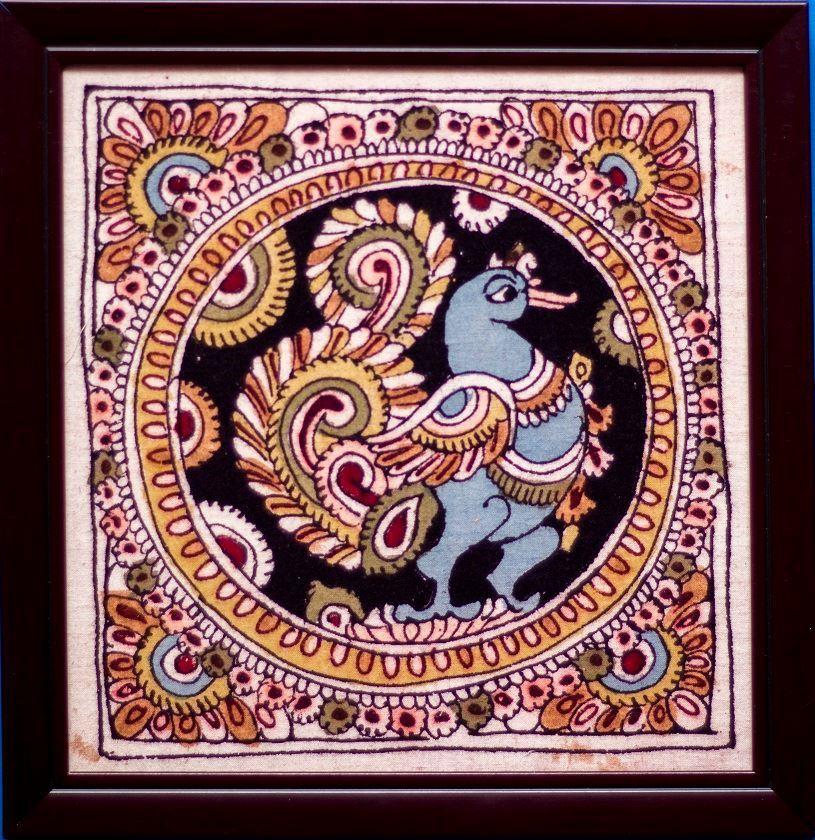
Pen (Kalam) Art (Kari)
We come to Tanjore or Thanjavur paintings of Karnataka which originated in the 1600 A.D and marked the royalty of Emperor Tipu Sultan.
One can literally visualize gold foils and kundan work when one mentions Tanjore art. This piece of surreal art on a piece of wood borrows its styles from Maratha, Deccan and European styles. These art pieces were traditionally made for devotion to gods, goddesses and saints.
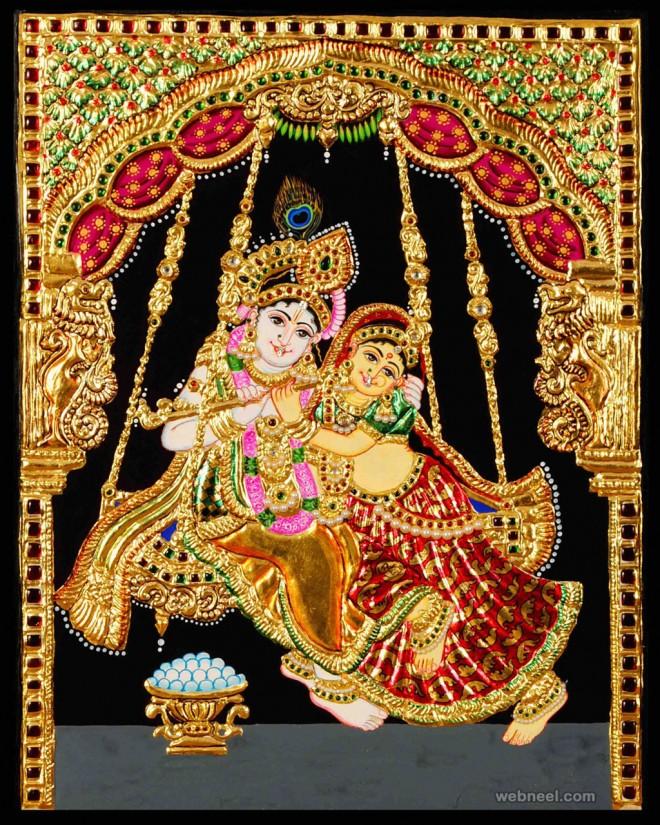
Royal Tanjore
Cheriyal art of Telangana is famous in two forms that is mask making on coconut shells as well as paintings in scroll format inspired by its sister concern that is the Kalamkari.
Cheriyal art is practiced only by the Nakashi family and is alternatively known as the ‘Nakashi Art’. The scrolls scale upto 40-45 feet and resemble to present day comic strips, consisting of 50 on each such scroll, almost resembling a carpet of such art. These art pieces also use bold and bright colours and portray traditional epics as well as flora and fauna.

Cherial Mask

Cheriyal scroll
Recently Pagdandi café in Pune had hosted a Cheriyal mask making workshop which shows that cafés are supporting artist and artisans in promoting traditional art forms and indirectly helping in preserving our heritage.
Kalighat paintings are a recently found form of art originally from West Bengal in the 19th century. This form of art initially portrayed gods and goddesses but later on became more centric towards social reforms and freedom from the British Raaj. Thus, becoming one essential piece of heritage preserve.
This form of art unlike others has been painted with cheap paper, squirrel-fur paintbrushes and water-color paints since its origin.
Be it rich zamindars (landlords) drinking wine with women, or priests with illicit women, or police babus being sloppy, this form of art has boldly exposed them all.

Bold Kalighat
Last but not the least is the PataChitra of Odisha State which originates from the fifth century in pilgrim towns like that of Konark and Puri. This was the same time when sculptors also grew in the state and both painters and sculptors remained undistinguished.
These paintings majorly describe Mughal scenes unlike epic dramas or religious deities.

PataChitra
Such are the folk art which have been passed on from generations and are being encouraged by schools and colleges to be taught to their students and taking it forward to future generations.


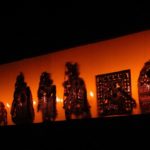
What do you think?